Don’t be surprised when you see new prices the next time you visit In-N-Out for burgers; yes, the prices are slightly higher. California has passed a new wage law affecting the prices on the menu at In-N-Out Burger. The new wage law in California increased fast-food workers’ wages to $20 per hour on April 1. However, despite this, customers are still flocking in to get their beloved burgers.
Are Fast Food Chains Raising Prices After the Minimum Wage Hike in California?
Fast food chains are raising their prices after the minimum wage hike in California. They are not hiking prices because they want to; it is their response to the increase in the cost of production. One major factor that caused the hike was the minimum wage increase in California. Due to the increased labour costs, the fast food chain had to adjust their prices.

Usually, when a commodity’s price increases, the product’s demand decreases, but things are different for In-N-Out Burgers and some other fast food chains. Reports from some locations like Alameda show that customers’ lines are still as long as they used to be.
How Much Do Food Servers Make an Hour in California?
The minimum wage for fast-food restaurants in California is $20. In an interview, Denny Warnick, an In-N-Out Burger Chief Operating Officer, mentioned that the new starting wage for restaurant workers in California is $22 to $23 per hour. Warnick said that since they started paying workers the new salary, the price of a Double-Double meal in all the restaurants in California now costs more than $10.
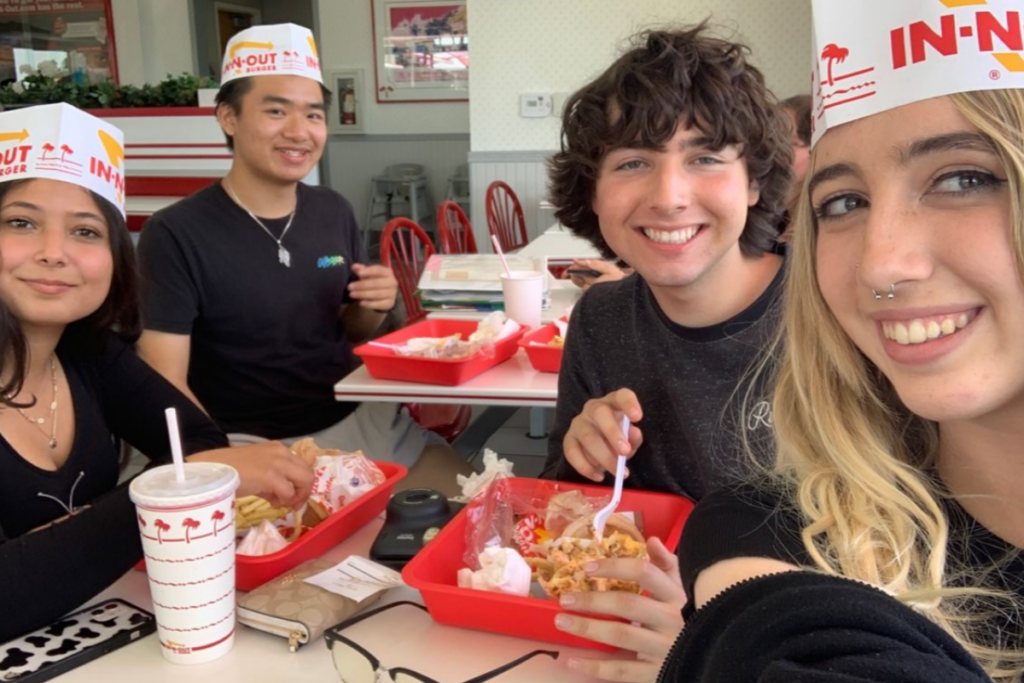
Prices at fast-food restaurants outside of California haven’t gone up as much. However, in some states, the fast food chain is facing reports of higher prices at some locations. For example, the San Francisco branch at Fisherman’s Wharf charges $13.63 after taxes, but customers aren’t too bothered.
Chris Hachlica, a regular customer from Pittsburgh, isn’t bothered by the higher prices, saying that the difficult economy justifies it. Elizabeth Birmingham, another customer, believes the price increase is fair because the company treats its employees well, especially in an expensive area like the Bay.
ALSO READ: McDonald’s Might Have to Leave California
Challenges of Wage Increase on Fast-Food Chains
The increase in minimum wage in California has impacted not only In-N-Out Burger but also all fast-food chains in the state. Revenue Management Solutions (RMS) data shows that prices at quick-service restaurants have increased by 7.5% compared to last year. In-N-Out Burger isn’t the only chain adjusting to this change.
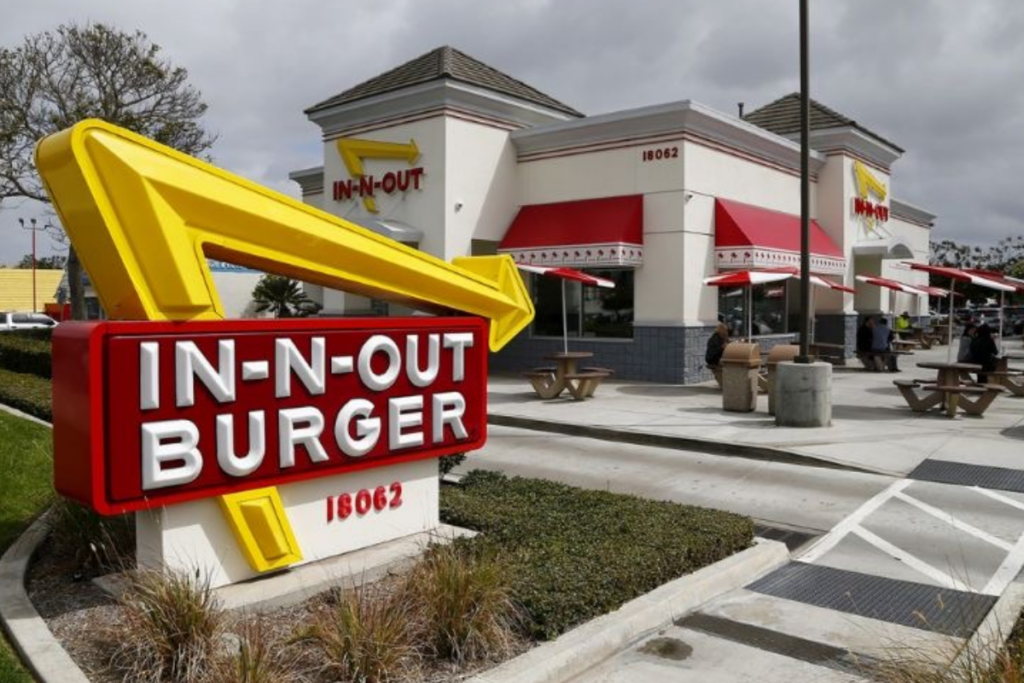
The wage increase hasn’t been adjusted to match inflation. Briana Valdez, founder and CEO of HomeState in Southern California, explained that while the wage increase was necessary to make up for years of stagnation, it’s hard for restaurants to be the first industry to handle these challenges.
How Is the Wage Increase Affecting Fast Food Chains?
Due to the higher prices, customer traffic is reducing. However, while the number of customers at In-N-Out Burger has not significantly reduced, some other fast-food chains are seeing fewer customers. In California, fast-food prices have increased by 7.5% annually, which is much higher than the national average of 3.1%.
Because of this, customers in California are ordering fewer items, with a 0.6% drop in the number of items per transaction in June. Meanwhile, the number of restaurant items per transaction increased by 1.3% in other parts of the country.
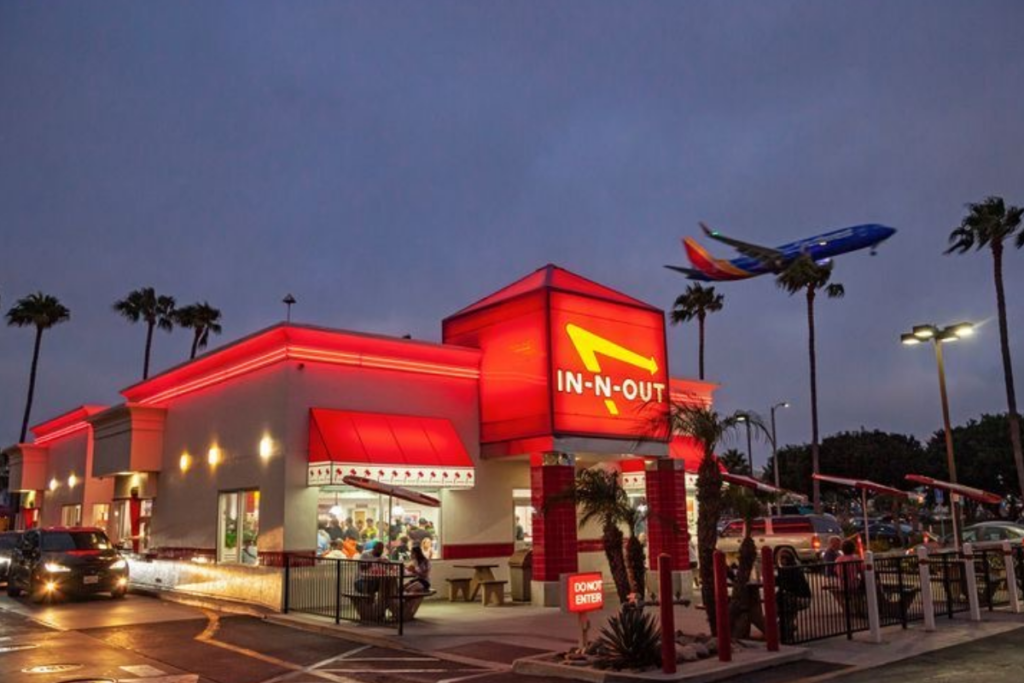
Fast-food restaurants are also cutting back on working hours. The Employment Policies Institute surveyed almost 200 fast-food restaurants and found that 89% have already reduced their employees’ hours. The new minimum wage hasn’t been in place for a year, but some restaurants have laid off workers. Unions that support employers had warned that a sharp wage increase could lead to these issues before the law was passed.
Popular Fast Food Chains
Despite the minimum wage increase, some restaurant chains are doing well. For example, Chipotle isn’t just doing well; it’s thriving. They have been expanding quickly, opening 47 new locations in the first quarter of the year alone. This expansion has helped increase its stock value by almost 20% this year and an impressive 258% over the past five years.
Restaurant Brands International, which owns Burger King and Popeyes, is also growing steadily. Even though the stock market has had some ups and downs, the company’s revenue and sales figures in the first quarter show that consumers are still spending.
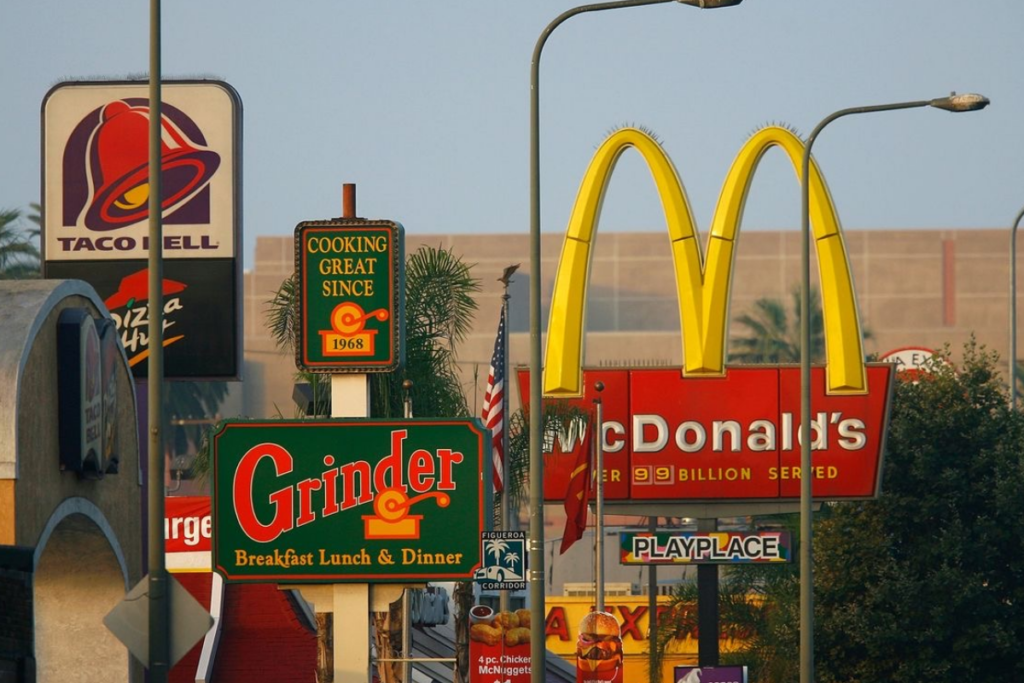
McDonald’s is getting attention for hiking prices on items like the Big Mac, but the company is also working on strategies to keep customers returning. For example, they’ve introduced a new $5 meal deal to ensure that their menu stays affordable during tough economic times.
ALSO READ: Starbucks Implements Bold Strategy to Reverse Sales Slump
Making Adaptations
Fast food companies are handling inflation reasonably well. They adjust prices and offer new deals to keep customers coming back, even when money is tight.

With all that is happening, investing in fast food stocks might seem risky during inflation, but companies like Chipotle and McDonald’s are showing they can adapt. They’re focusing on strategies to attract customers and grow their businesses, which makes them worth considering for investors.
Rumors of Inflated Prices of Food
The recent increase in the minimum wage for fast-food workers has led to rumors on social media about how much more expensive fast food might become at popular burger chains. Specifically, reports have been circulating online that a Big Mac meal at McDonald’s now costs $18. However, McDonald’s president, Joe Erlinger, responded to these claims, clarifying that the $18 meal was only offered at one specific location.
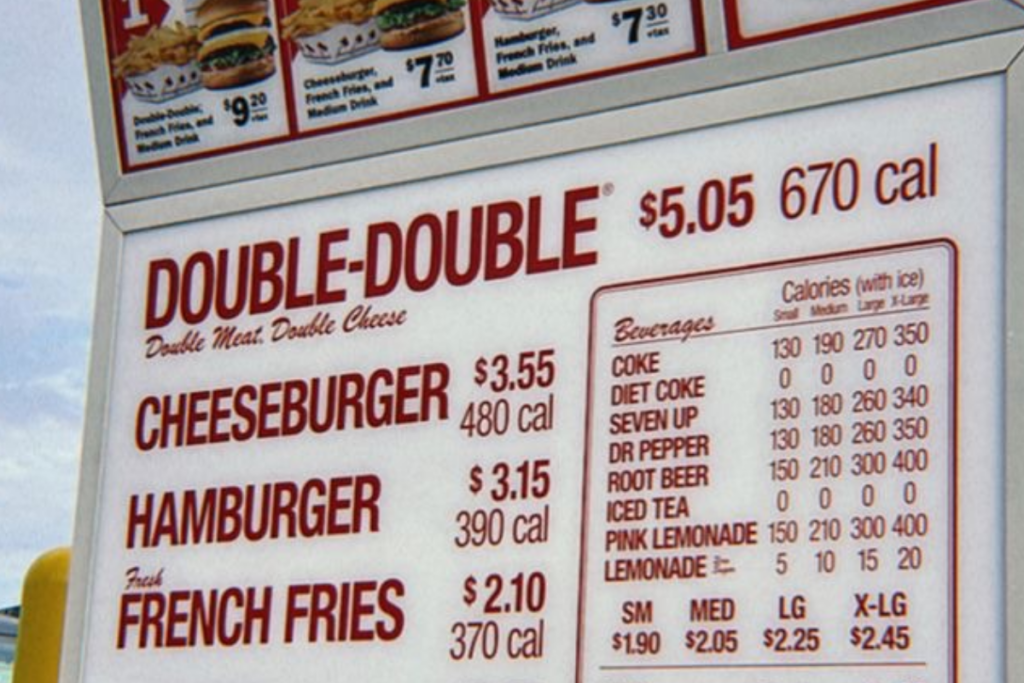
In an open letter dated May 29th, Erlinger addressed these rumors. He pointed out that in 2019, the average price of a Big Mac in the U.S. was $4.39. Even with challenges like the global pandemic, rising supply chain costs, and other economic pressures, the average price of a Big Mac today is $5.29. This represents a 21% increase over the years, not the 100% increase that some rumors suggest.
ALSO READ: Cisco to Cut 7% of Workforce Despite Beating Quarterly Earnings and Revenue Expectations
Long-Term Effects
The recent increase in wages could quickly cause serious problems. About 67% of fast-food restaurants surveyed said the new minimum wage increase would cost them an extra $100,000 per location. One in four said it could cost them as much as $200,000, and 93% said they would raise their menu prices. Some restaurants might have to close because of the wage increase.
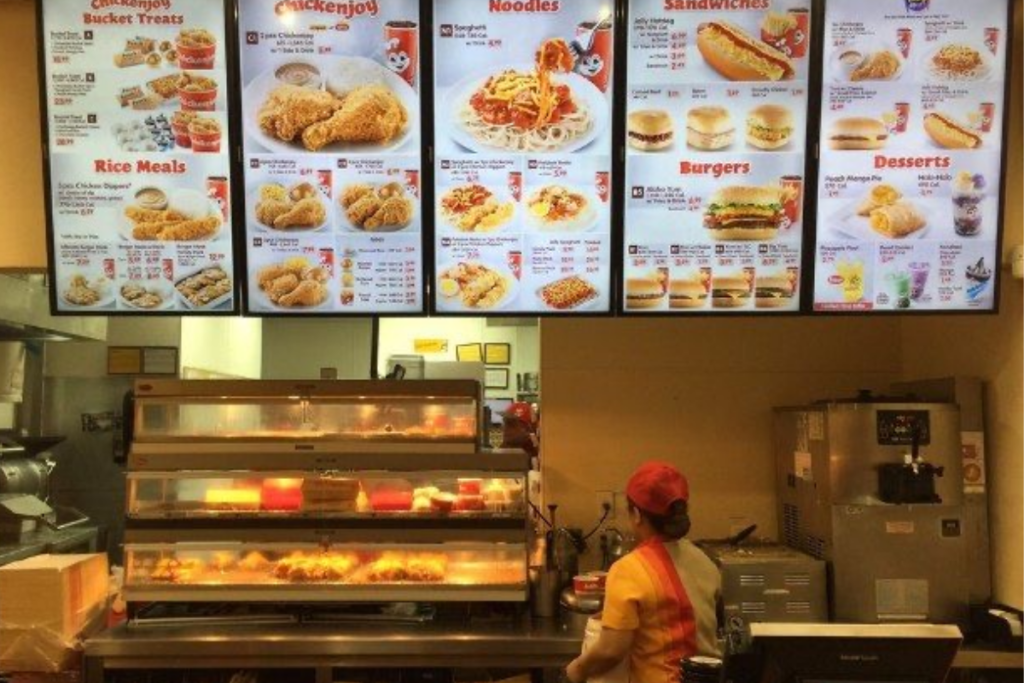
However, the impact of the new law will not be fully understood for a few months. Meanwhile, state officials plan to set up a fast-food council, where representatives will assess the industry’s current state.
Why Does California Keep Raising the Minimum Wage?
California continues to raise the minimum wage to help workers cope with the high cost of living, reduce income inequality, and fight poverty. The state aims to address wage stagnation and stimulate economic growth by increasing consumer spending.

The government also wants to respond to political and social pressure for fairer wages. These increases are intended to ensure that workers earn a livable income in a state with high living costs.
You Might Also Like:
Starbucks Awards Incoming CEO Brian Niccol $85 Million in Cash and Stock as He Leaves Chipotle
Once the Richest Town in America, Now Half of This County Lives in Poverty
Cisco to Cut 7% of Workforce Despite Beating Quarterly Earnings and Revenue Expectations
The Tastiest Aldi Finds of All Time
Cheez-It Unveils Limited-Edition Flavor That’s 100x Better Than the Original

